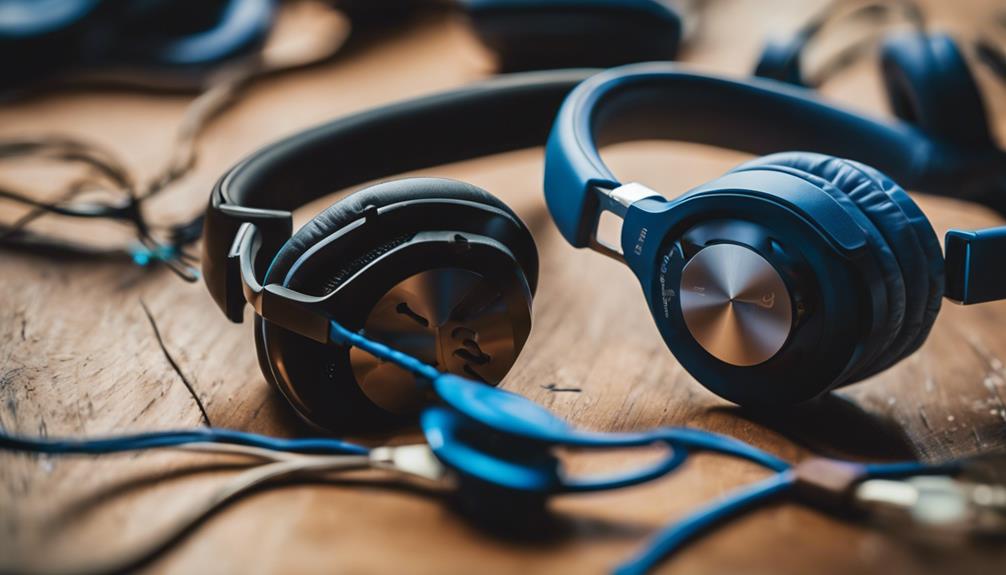In the ever-evolving landscape of music, technology has played a pivotal role in shaping how we create, consume, and experience sound. From the invention of the phonograph to the rise of streaming services, music gadgets have transformed our relationship with music. This article explores the evolution of music gadgets, highlighting key innovations, current trends, and their impact on musicians and listeners alike.
The Historical Context of Music Gadgets
The journey of music gadgets can be traced back to the late 19th century, where early inventions laid the groundwork for modern devices. Some significant milestones include:Green Kitchen GadgetsGadgets Store
- Phonograph (1877): Invented by Thomas Edison, the phonograph was the first device to play back recorded sound, revolutionizing the way music was shared and enjoyed.
- Radio (1920s): The introduction of radio brought music into homes, allowing audiences to enjoy live performances and broadcasts without attending concerts.
- Tape Recorder (1940s): This device enabled high-quality audio recording and editing, becoming essential for musicians and producers.
- Synthesizer (1960s): Synthesizers changed the sound of music by allowing musicians to create new tones and textures, paving the way for genres like electronic and pop music.
The Digital Revolution
As technology progressed, the late 20th century saw a significant shift towards digitalization. This period introduced various music gadgets that would change the industry forever:
- CD Player (1980s): CDs provided a new medium for music distribution, offering higher quality sound and convenience compared to vinyl records and cassette tapes.
- MP3 Players (1990s): Devices like the iPod transformed music consumption, allowing users to carry thousands of songs in their pockets, leading to the decline of physical media.
- Digital Audio Workstations (DAWs): Software such as Pro Tools and Ableton Live revolutionized music production, enabling artists to create and edit music on their computers.
Current Trends in Music Gadgets
Today, music gadgets continue to evolve, driven by advancements in technology and changing consumer preferences. Here are some of the most notable trends:
1. Smart Speakers and Voice Assistants
Smart speakers like Amazon Echo and Google Nest have integrated voice assistants that allow users to control music playback with simple voice commands. This convenience has made music more accessible than ever.
2. Wireless Technology
The shift from wired to wireless gadgets has transformed how we listen to music. Bluetooth headphones and wireless speakers offer portability and ease of use, enhancing the listening experience.
3. Mobile Apps and Streaming Services
Apps like Spotify, Apple Music, and Tidal have changed how we consume music, offering vast libraries and personalized playlists. The rise of streaming services has made music available on-demand, shaping listener habits.
4. Music Creation Apps
With the popularity of smartphones and tablets, music creation apps such as GarageBand and FL Studio Mobile have democratized music production, enabling aspiring musicians to create high-quality tracks without expensive equipment.
Case Studies: Impact on Musicians and Listeners
The influence of music gadgets is evident in various case studies that showcase their impact on artists and audiences:
Case Study 1: Billie Eilish
Billie Eilish and her brother Finneas O’Connell have become synonymous with the digital music revolution. Their home studio, equipped with a simple setup of a laptop and a few gadgets, allowed them to produce chart-topping hits like “Bad Guy.” This approach highlights how accessible technology can empower independent artists to reach global audiences.
Case Study 2: The Rise of Podcasting
The advent of portable recording gadgets and editing software has led to the explosion of podcasting. With over 2 million podcasts available as of 2023, creators leverage music gadgets to produce high-quality audio content, transforming the way stories are told and shared.
Challenges and Considerations
While the evolution of music gadgets has brought numerous benefits, it has also introduced challenges:
- Copyright Issues: The ease of sharing and remixing music raises concerns about intellectual property rights, prompting ongoing debates about fair use and royalties.
- Quality vs. Accessibility: As music becomes more accessible, questions arise about the quality of production and the value of traditional music skills.
- Market Saturation: With the abundance of music creation tools, standing out in a crowded market can be challenging for new artists.
The Future of Music Gadgets
As we look to the future, several trends are likely to shape the next generation of music gadgets:
- AI in Music Production: Artificial intelligence is expected to play a crucial role in music creation and curation, helping artists generate new sounds and refine their work.
- Augmented Reality (AR) Experiences: The integration of AR technology in live performances could enhance audience engagement, creating immersive experiences.
- Advanced Wearable Devices: Future gadgets may include wearables that track emotional responses to music, allowing for tailored listening experiences.
Conclusion: The Ongoing Journey of Music Gadgets
The evolution of music gadgets is a testament to the ever-changing relationship between technology and art. From the phonograph to smart speakers, each innovation has shaped how we create, share, and enjoy music. As we embrace new technologies, it’s essential to consider the implications for artists and listeners alike. The future holds exciting possibilities, and as music gadgets continue to evolve, they will undoubtedly play a crucial role in defining the soundscape of tomorrow.
In summary, the landscape of music gadgets is rich and dynamic, reflecting broader trends in technology and culture. As we move forward, the challenge will be to balance innovation with artistic integrity, ensuring that music remains a powerful medium for expression and connection.
